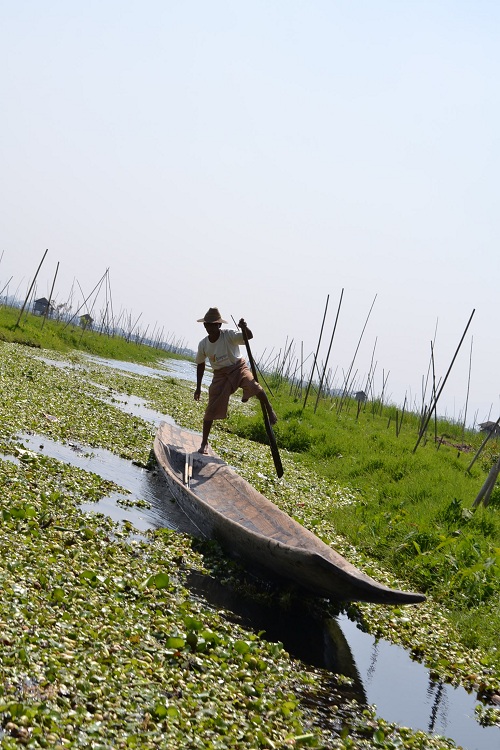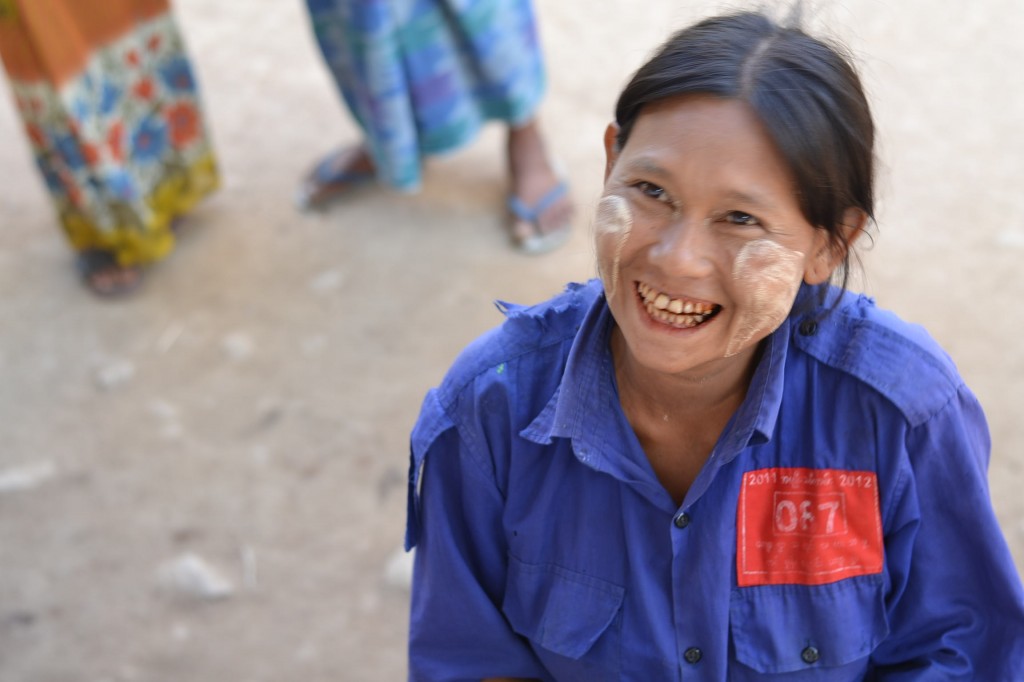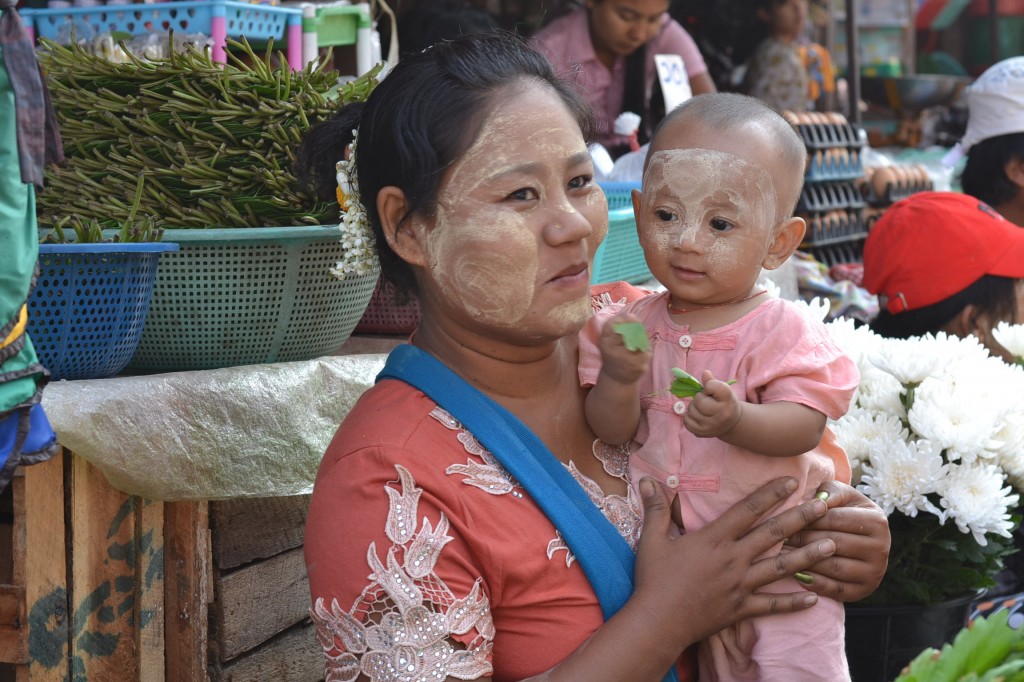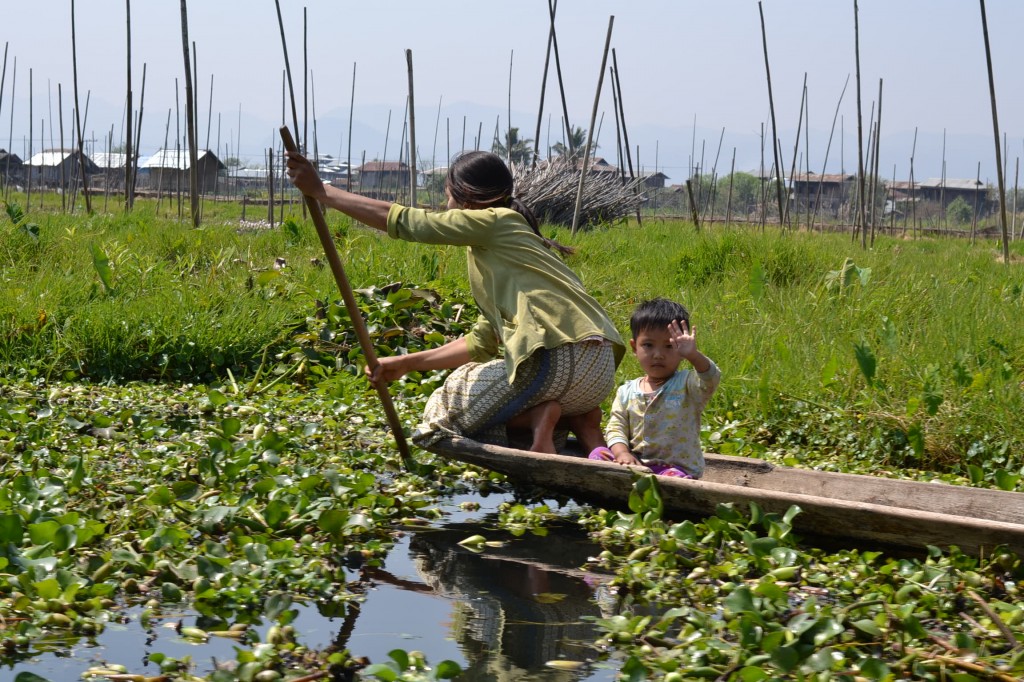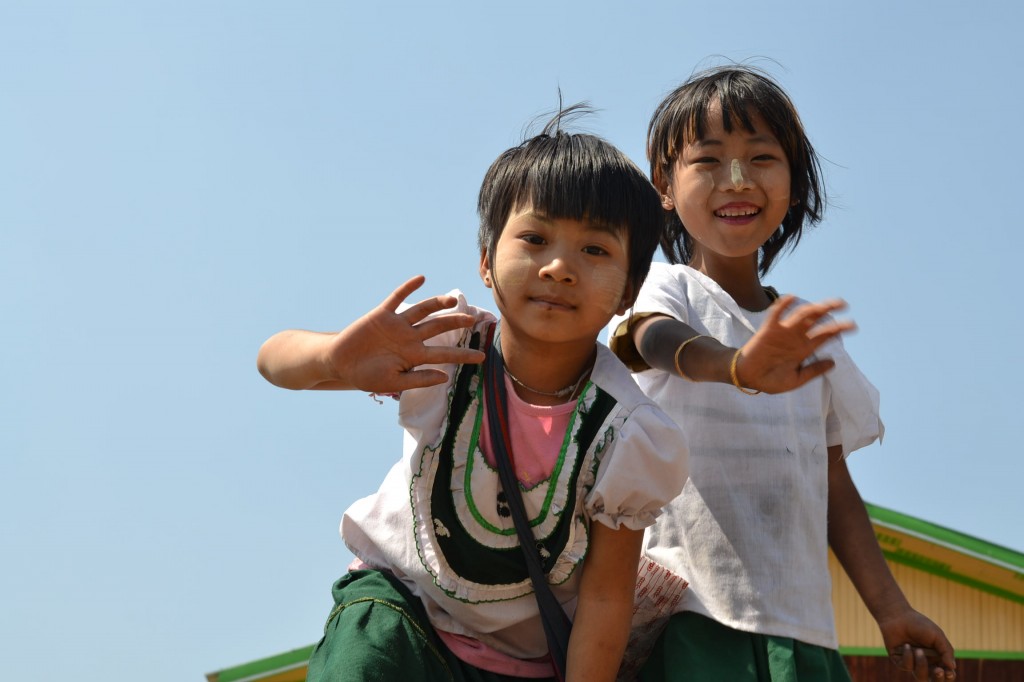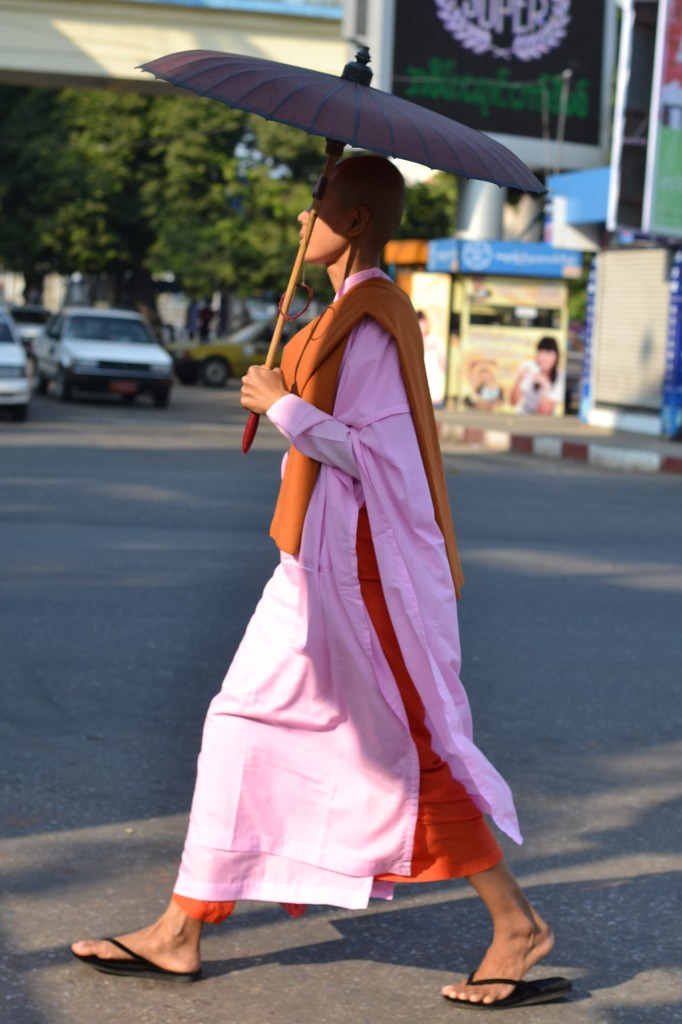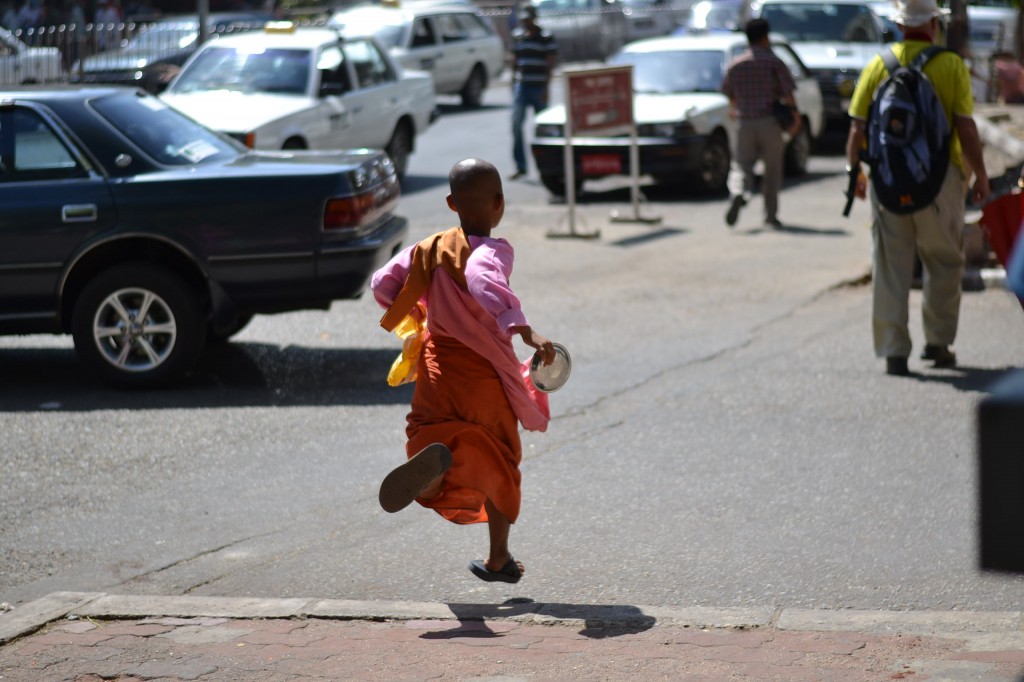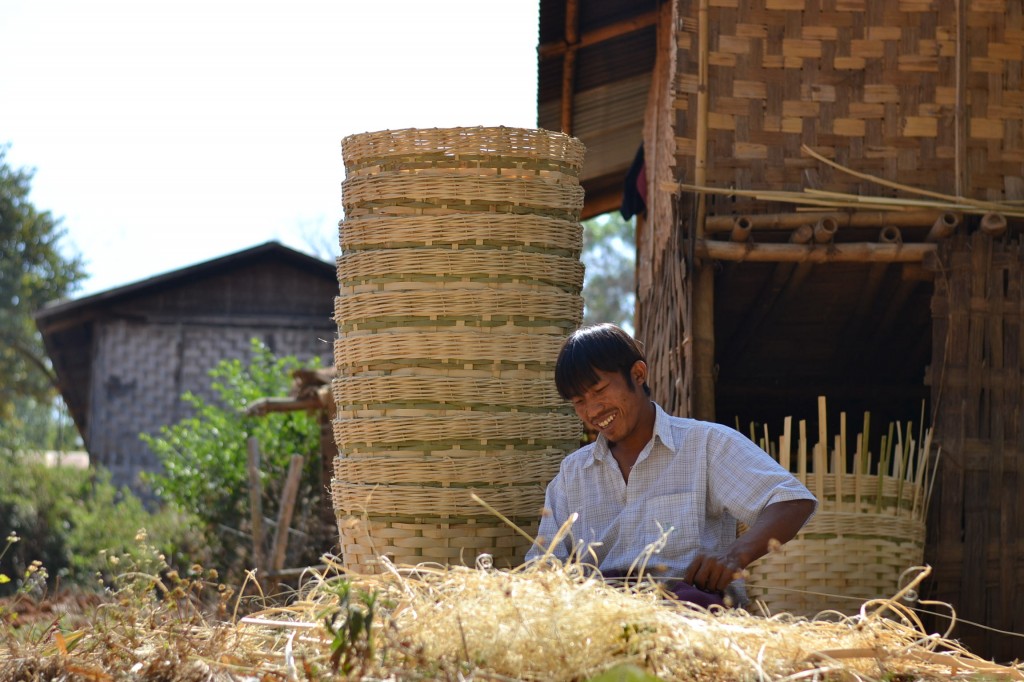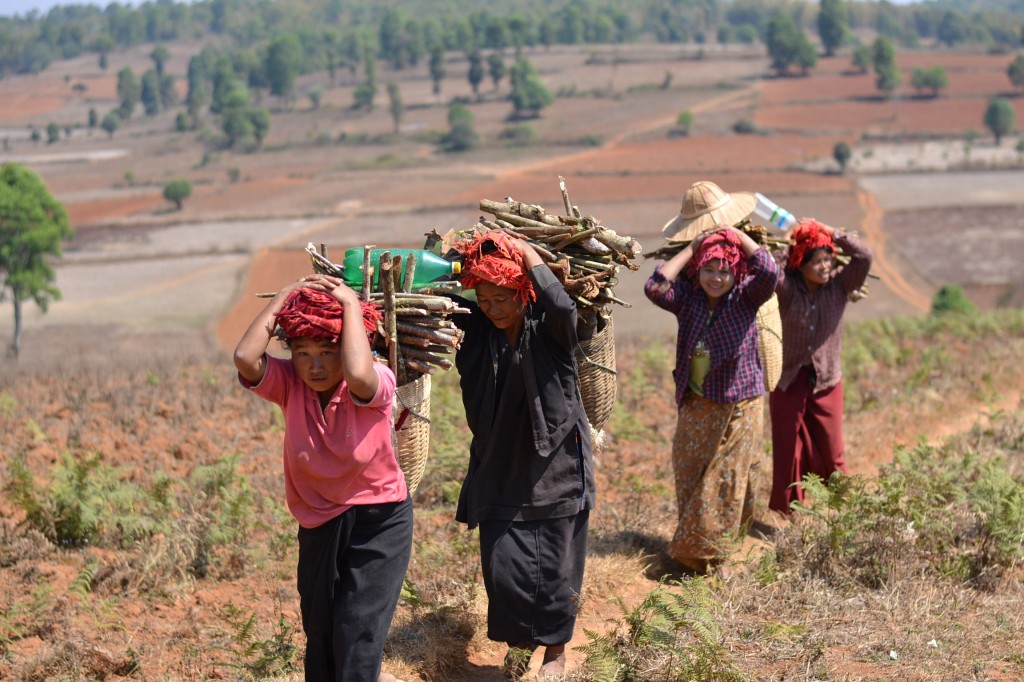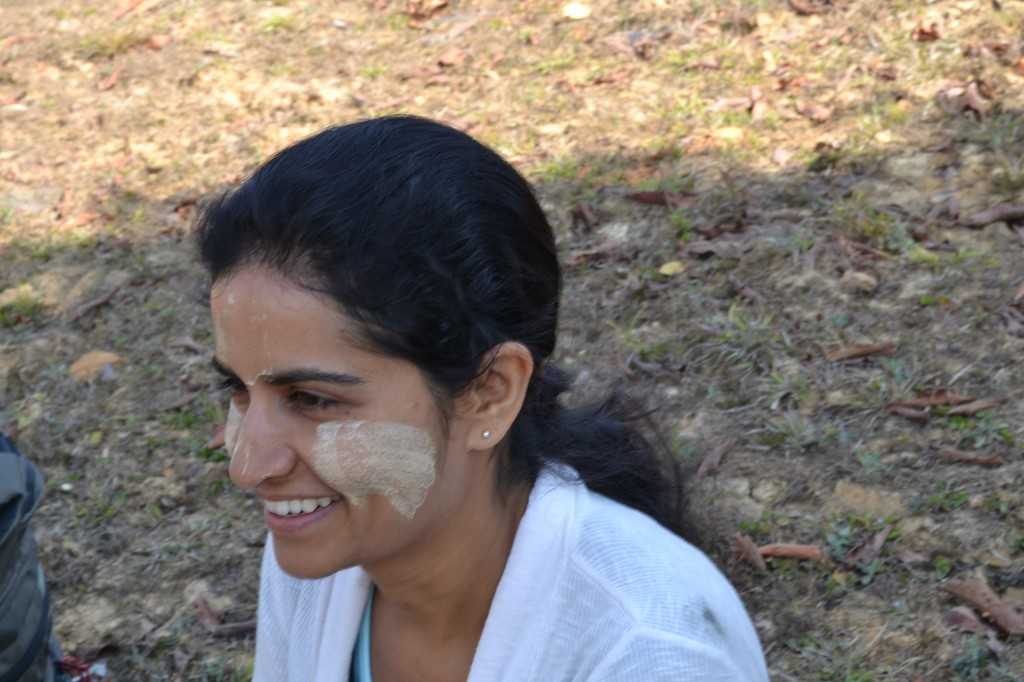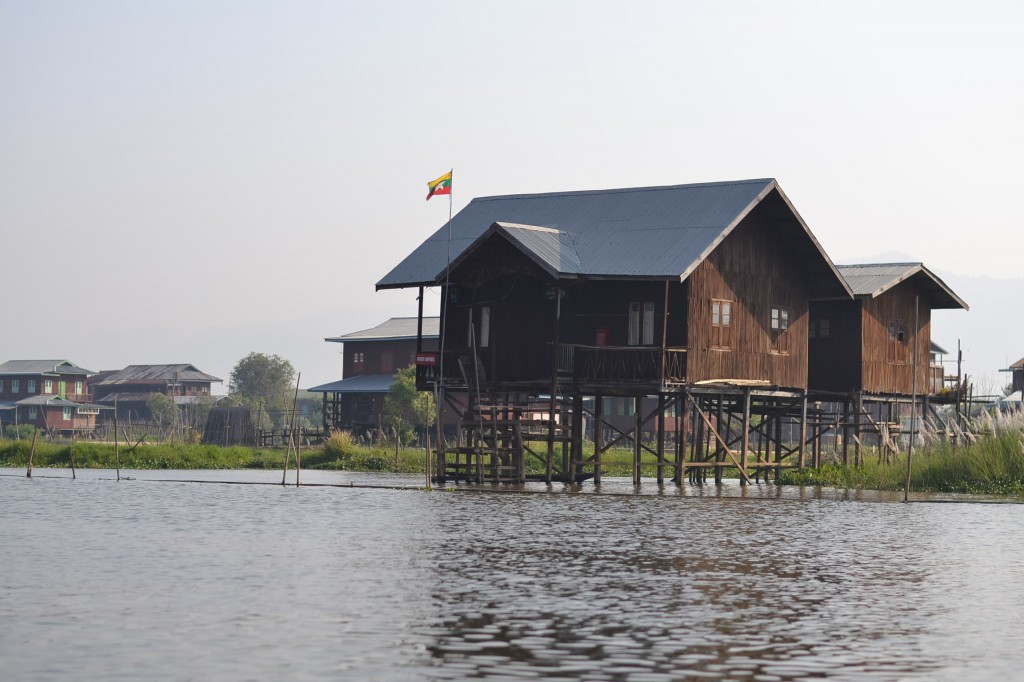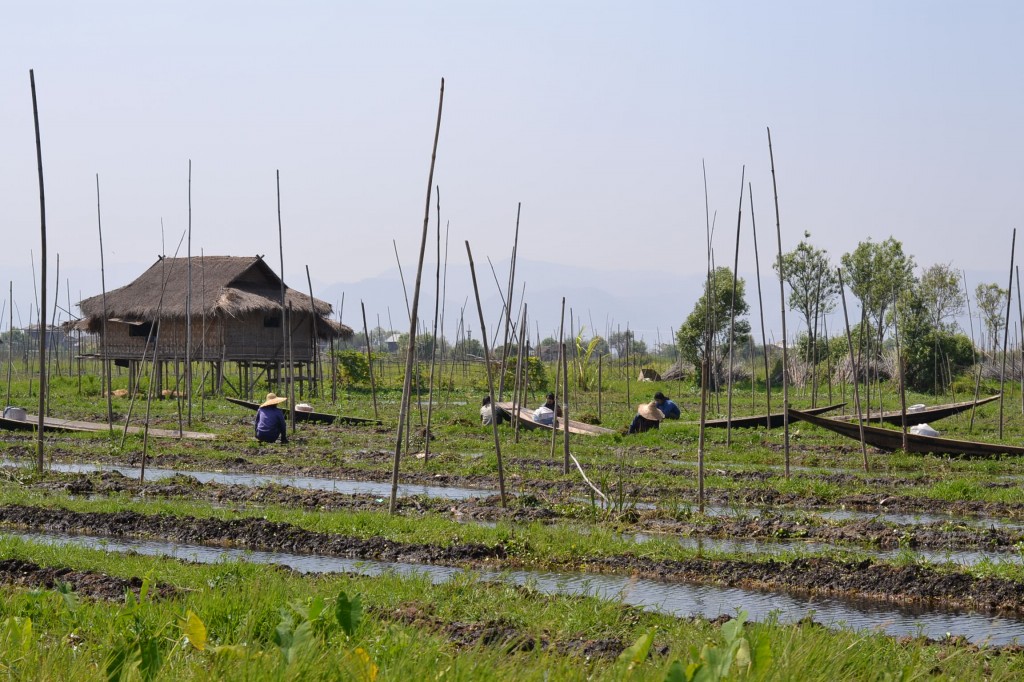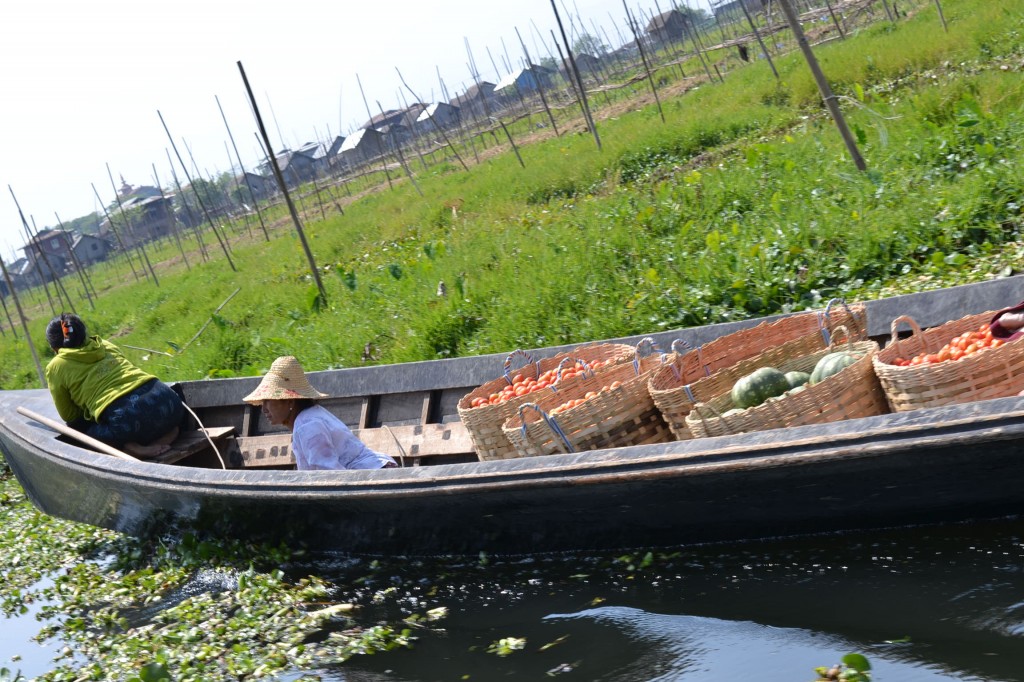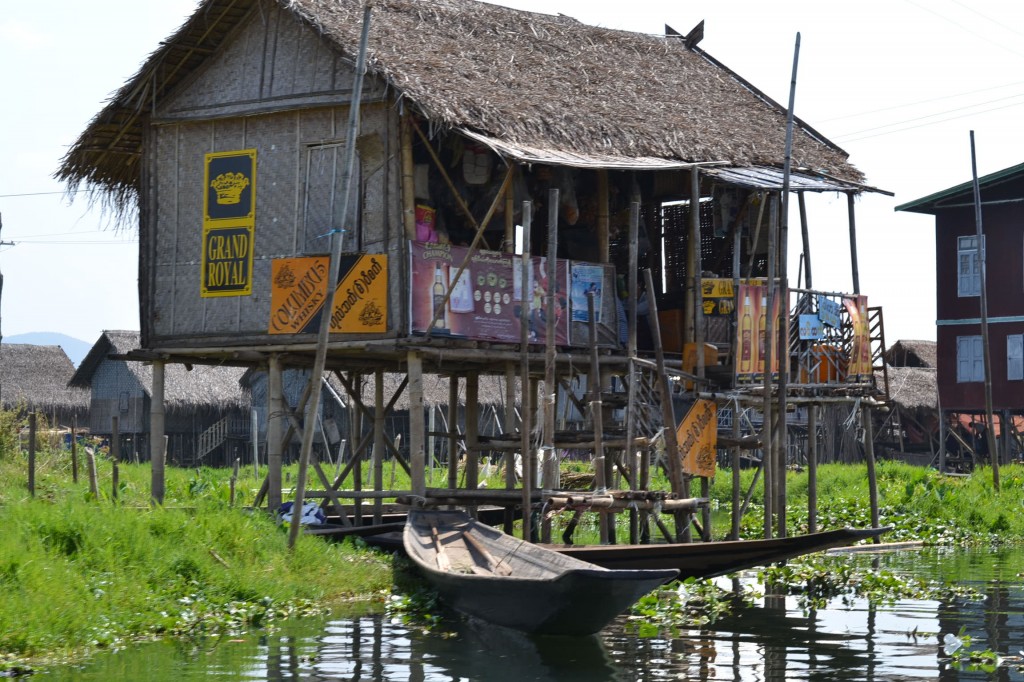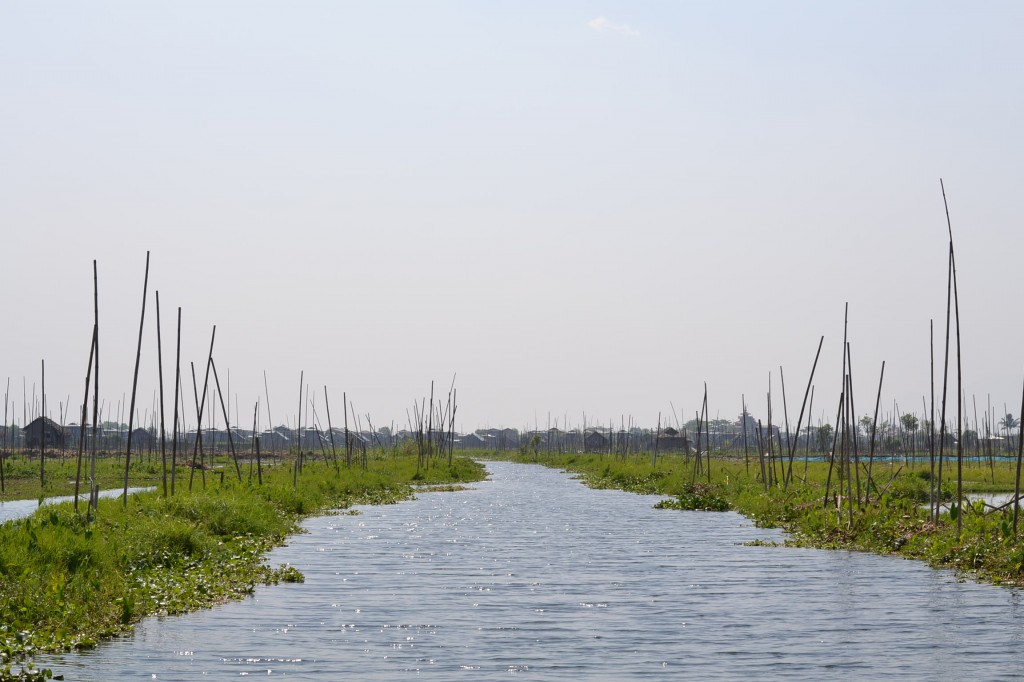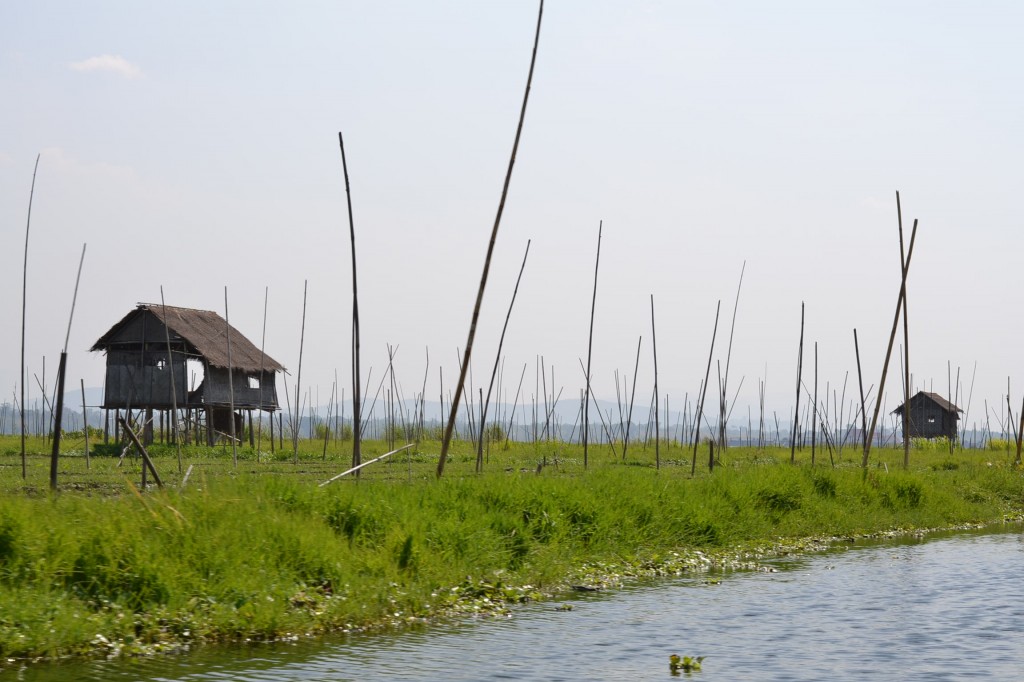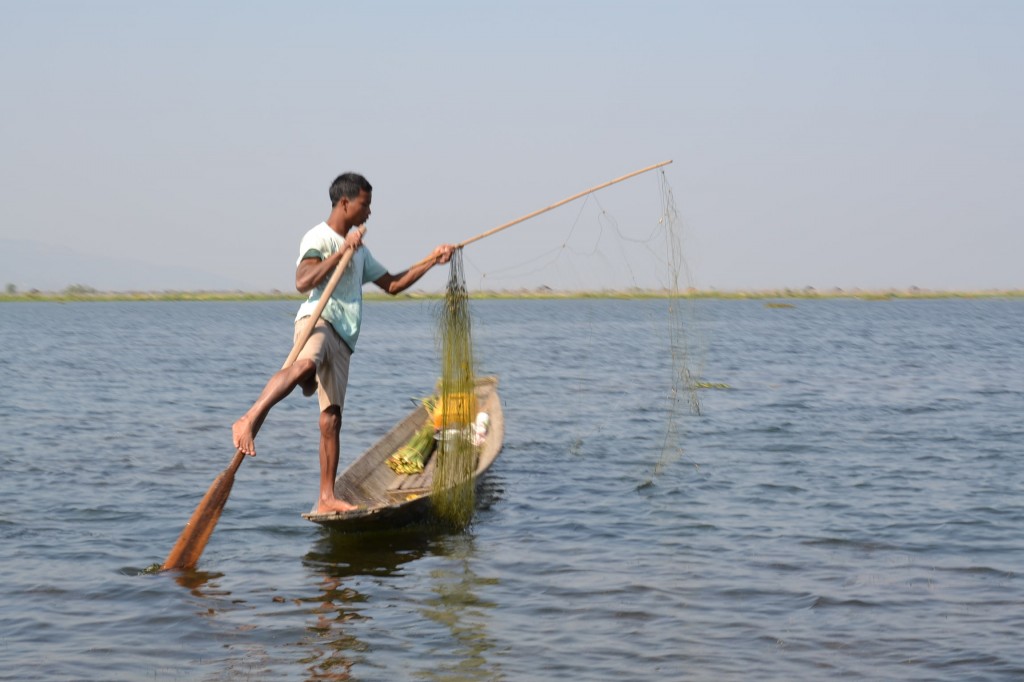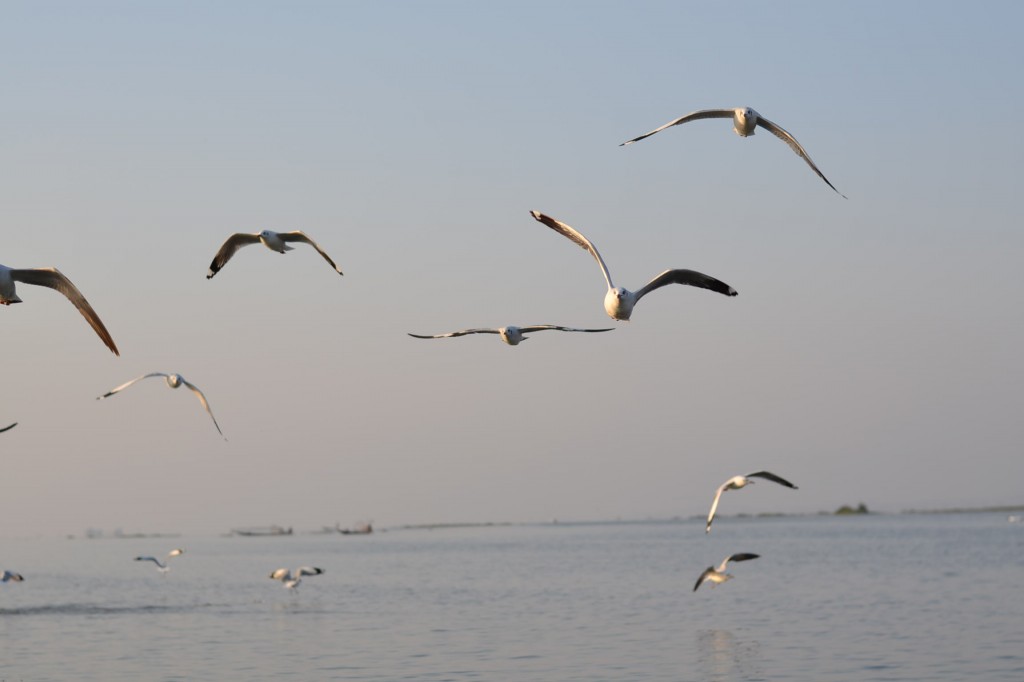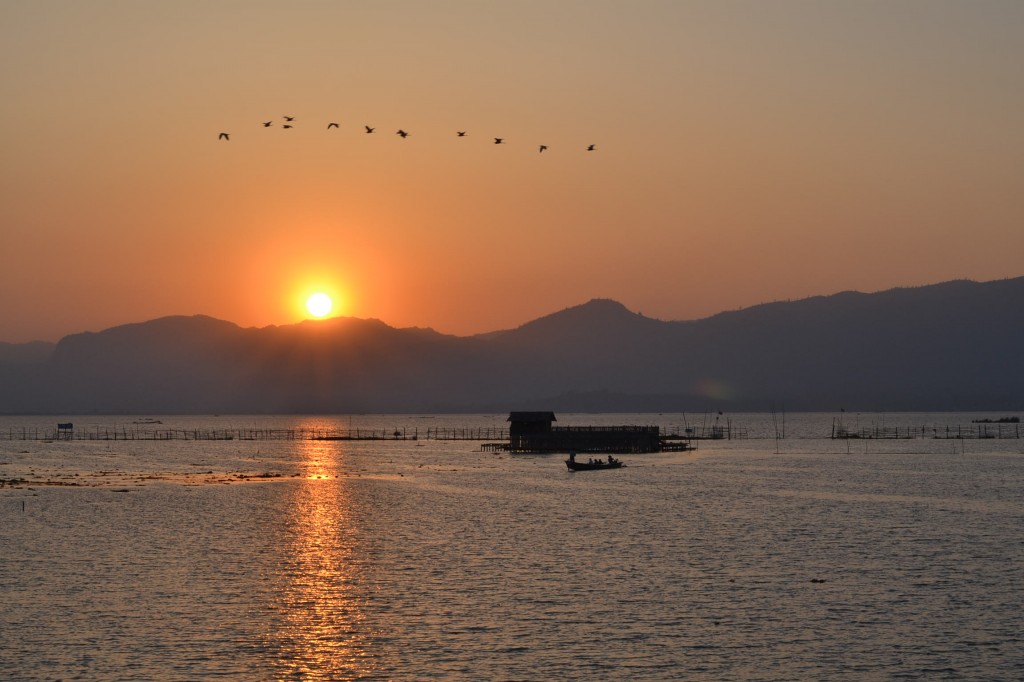Some of the world’s drivers are used to sitting on the left side of the car and driving on the right side of the road. The UK and most former British colonies are used to sitting on the right side and driving on the left side of the road. Switching from one to the other takes some adjustment but, as Sandeep can attest from his Indian driving experience, it’s not that hard.
But how about having right hand steering and driving on the right hand side of the road? Myanmar has the distinction of having this split personality.
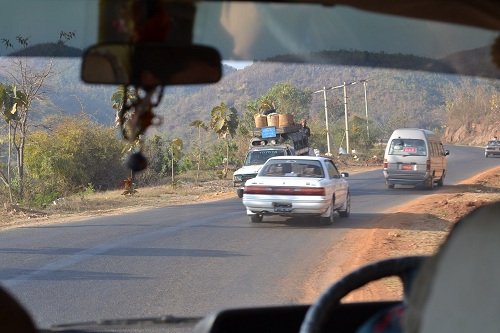
Myanmar was a British colony until 1948. The cars had right hand steering and drove on the left side of the road. In 1970 all traffic was moved to the right. I asked several people for the cause of the change and there are two commonly held theories, both of which point to the eccentricities of General Ne Win. One theory is that Ne Win’s wife’s astrologer said that the country would be better off driving on the right side of the road. The second is that the General had a dream that the country should switch directions. Either way, the General called the shots and traffic was directed to move sides overnight.
Despite the lane shifts, virtually every vehicle in Myanmar has right hand steering. Many vehicles are very old, and those that are considered modern are second hand imports from Japan. It isn’t just the cars that have to catch up. One can still see old traffic signs in downtown Yangon facing the wrong direction.
I would think all of this would increase accident rates and confuse drivers. However, Myanmar drivers appear orderly, within the cities as well as the countryside. Whether they are in two, three, four or eight wheelers, drivers stick to the right side of the road and, despite logistical challenges, take-over without any negative consequences.
There is one anomaly we found to the right hand driving set up. The boats in Inle Lake still stick to the left when they pass each other. Perhaps time has indeed stood still in some parts of Burma.
